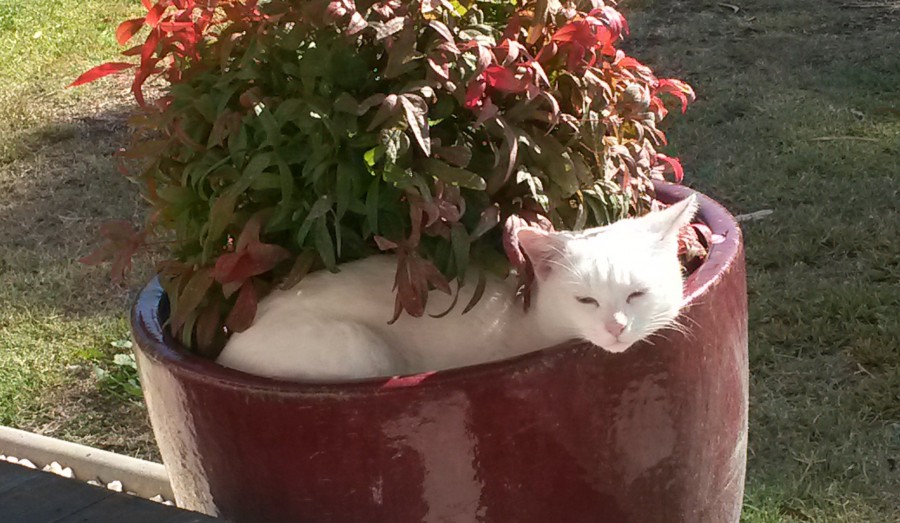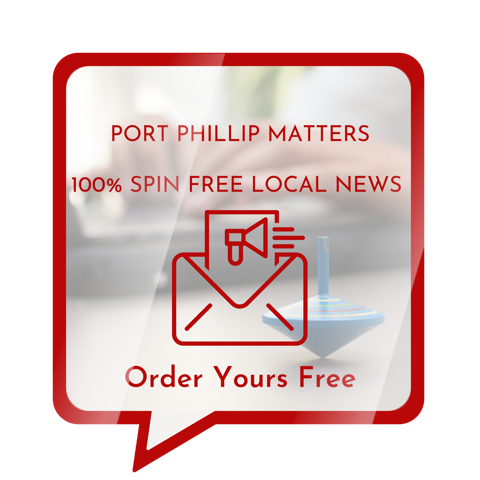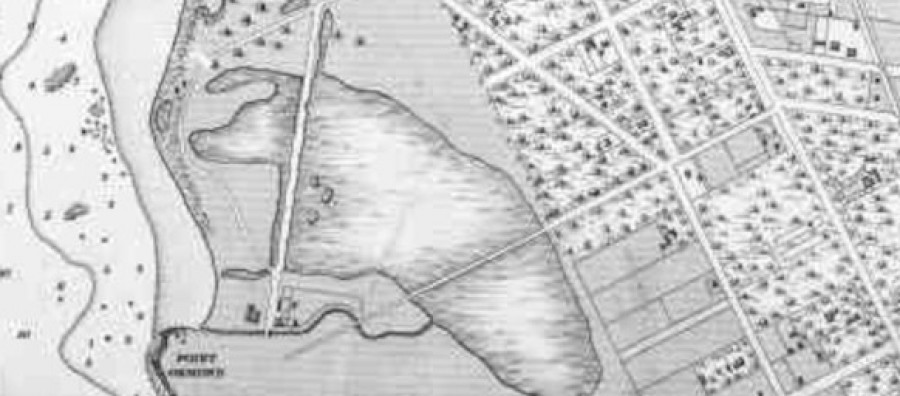

Miss Camm, having arrived in Victoria in August 1854, went
with a party for a picnic to Brighton.
They made the journey in a dray. On their return, the driver of the dray
sought a short cut to St Kilda along the margin of the Elwood Swamp. They were
well into the swamp, with its slimy mud bed, when the horses became
frightened. The men had to carry the
women to the lagoon’s margin where there was firmer land, and in doing so the
men sank into the mud as far as their knees.
From Elwood’s first Settlers by Beverley Broadbent 2005.
The Elwood canal is a unique seam of open space running
through the urban fabric of Elwood. In
its former life it was the Elster Creek, which drained to a swamp near the beach. This rare nineteenth century canal has shaped
Elwood’s pattern of settlement, its parks and public works, recreational spaces
and wildlife habitat. Today the Elwood
Canal Master Plan of Port Phillip Council is guiding its restoration from a
drain to an aesthetic waterway.
For most of the nineteenth century the wetland was viewed as
a barrier to European development. While
the subject of complaint for moist of its history, it has also been a source of
striking recollections, even entering into Australian literature. In his brilliant autobiography, A Fine and
Private Place, Brian Mathews describes an epic voyage as a child up the Elwood
canal from the foreshore to his home.
Leigh Redhead’s crime thriller, Peepshow, culminates in a violent
struggle between female sleuth, Simone Kirsch, and a corrupt cop in the ‘oily
waters’ of the canal. The brutal murder
of Molly Dean in 1930 in a nearby lane off Addison Street was included in one
of Australia’s best-known novels, My Brother Jack by George Johnston.
Today, the Elwood Canal is a man-made watercourse connecting
the lower reaches of the Elster Creek with Port Phillip Bay, three hundred
metres north of Point Ormond. It drains forty square kilometres of southeast
Melbourne, including Prahran, Glen Eira and Kingston. The upper reaches of the creek were
originally a natural watercourse that ended in an ill-defined wetland near the
beach between 108 and 160 acres in size, depending on rainfall.
Swamps like Elwood, which waxed and waned with the weather,
were the natural safety valve of streams and rivers and the source of food and
wildlife for the traditional owners.
However, European settlement changed all that by using waterways for
waste disposal. In 1869 the foul
conditions of the Elwood swamp prompted local residents to call for the St
Kilda Council to remove the nearby abattoir and night soil depot. Added to their problems, the Brighton Council
in the early 1870s cut a drain through Elsternwick Park to near the swamp's
boundary at St Kilda Street. To prevent Elwood flooding, the St Kilda Council
was forced to continue the drain to the Bay, which until 1904 entered the sea
about 150 metres north of the canal's present mouth (near today's Meredith
Street)
Life by the swamp is illustrated by a story told by R.D.
Ireland, a barrister famous for his defense of the Eureka rebels. Ireland and his friends were invited by
Richard Heales, Premier of Victoria, to dinner at Tennyson Villa (1860) in
Tennyson Street. The mansion stood out
like a lighthouse on a ‘forest of piles’ in the middle of the Elwood swamp
which heavy rain had turned into a lake.
Boats conveyed the distinguished guests to the house. Wet and chilled, Ireland bitterly lamented
the lack of alcohol (Heales was a teetotaller) until whisky arrived which was
immediately quaffed. The whisky turned
out to be lemon concentrate, leaving Ireland and his friends choking, inwardly
cursing their host and calling for the boats.
There were physical dangers.
A beachcomber who sold mussels to buy alcohol stumbled into the poorly
lit canal during a storm and drowned, as did journalist Arthur Davies on the
night of 31 July 1898.
By 1888 the Mayor and Health Inspector of St Kilda Council
found the stench from the swamp to be an ‘intolerable nuisance’. 11 Sixty men were employed to construct a
concrete canal 1.2 kilometres from Glenhuntly Road to Elwood beach. Engineer Carlo Catani (1852-1918), was
involved in the design. Mooring rings
were provided on the canal’s walls for typing up pleasure boats. Iron girder bridges, supported on brick
piers, were initially built at Marine Parade, Barkly, Addison and Ruskin
Street, and Broadway.
Most of the water was supposed to be carried out by pipes on
the walls but since they weren’t maintained, all water entered the canal. The canal was also found to ‘float’ and now
has six inches of concrete base to anchor it.
Additional drains such as the brick drain at Byron Street were connected
increasing the overload of water.
Engineer George Higgins was also engaged to drain 134 acres
of swamp on crown land. An additional 26
acres of private swampland near Byron Street was drained and subdivided for
speculation. An advanced dredge built by
Alexey Von Schmidt was imported from San Francisco. Acclaimed by the public as a mechanical
marvel, it was mounted on a barge, pumping sand and clay from the Elwood
foreshore, mixed with water, into the low-lying swamp areas. Surplus water was then channelled back to the
Bay. The canal was also extended from
Glenhuntly Road to beyond St Kilda Street.
By 1905, the St Kilda Council was finally able to report that the swamp
had been filled.
Engineer John Monash, later commander of Australian forces
at Gallipoli and France, built six bridges across the canal between 1905 and
1907 of which two survive. His first
bridge at St Kilda Street is the earliest surviving reinforced concrete girder
bridge in Victoria and possibly Australia.
This innovative design inspired the use of reinforced concrete for
bridge building throughout Victoria. 12
The first sales of residential land allotments on the former
swamp took place on 21 January 1908.
Most of the land adjacent to the canal between Marine Parade and
Broadway was sold in 1914, with those adjacent to the canal upstream of
Broadway not sold until the 1920’s.
In 1924 the Melbourne Metropolitan Board of Works (MMBW)
assumed responsibility. They proposed in
1928 to fill in the entire canal to create ‘rateable’ land but were deterred by
the Great Depression.
A polio epidemic in 1937-8 caused many panicked parents to
label the canal as Plague Canal and ban their children from the vicinity,
including the local school which in 1937 closed from June to September. The MMBW reacted by widening the upper reaches
of Elster Creek to improve the flow.
Violent storms showed the canal was ineffective in
preventing Elwood from flooding. A
record high tide, combined with gales of 100 kpm per hour in December 1934,
caused the canal to break its banks, extensively damaging a number of
homes. The following year saw flooding
close Marine Parade in April and Foam Street inundated in May. In November, waves beat on the sea wall,
furniture floated in homes and boys delivered papers from rowing boats. In 1955, after another serious flood, a
project began on a giant diversion drain beginning at New Street, Brighton, and
emptying into the Bay at Head Street to dramatically reduce the flow of water
in heavy rain. The dumping of rubbish in
waterway and on the banks by local residents was also of continued annoyance.
By the 1960s, the canal had begun to improve with re-grading
of banks, planting of lawns and renewing access roads, right-of-ways and
footpaths. Two new bridges, for north
and south-bound traffic on Marine Parade were constructed across the canal in 1967. These were made possible by the reclaiming of
45 acres of land from the sea, 25 acres of which were set aside for
recreation. The remaining 20 acres were
allocated for the new St Kilda Marina built in 1969. in 1972 the mouth of the canal, downstream
from Marine Parade, was widened and its banks lined with rocks and the adjacent
land gazetted as a recreation reserve.
In April 1970, more attention was drawn to the outlet when
Prince Charles swam at Elwood and described the water as ‘diluted sewage’. In the same year the MMBW was appointed as
the Committee of Management of the land surrounding the canal between Marine
Parade and Goldsmith Street. From 1983
onwards, demands from local residents and the council saw it developed as a
linear park to encourage recreation with bike and pedestrian paths connecting
to the beach.
The environmental group, Earthcare St Kilda, and local
residents agitated for change and undertook plantings with St Kilda Council
staff. An Elwood Canal Task Force was
established in 1993 from the local community, Melbourne Water and the City of
St Kilda, resulting in further works to improve the flow of the canal and the
condition of its environs. Flood
prevention works have also been undertaken, including the construction of lakes
in Elsternwick Park to help with water management. Landscaping along the canal
and its mouth at Elwood beach, including the construction of the John Cribbes
footbridge in 1998, have transformed the water feature into a centre for
recreational activities.
Today this open canal remains a unique Melbourne landscape
and an integral part of the urban character and history of Elwood.
The removal of the swamp was one of the last barriers to
improving Elwood's prosperity. The other barriers were the noxious activities
which had plagued the suburb for most of the 19th century.
Elwood Swamp 1886. The bisecting roads are Barkly Street and
Glenhuntly Road
(Map Collection, State Library of Victoria)
Credit: St Kilda Historic Society https://www.stkildahistory.org.au/
Original article: http://skhs.org.au/~SKHSflood/From_Swamp_To_Canal.htm
Picture: Elwood Swamp 1886. The bisecting roads are Barkly Street and Glenhuntly Road(Map Collection, State Library of Victoria)

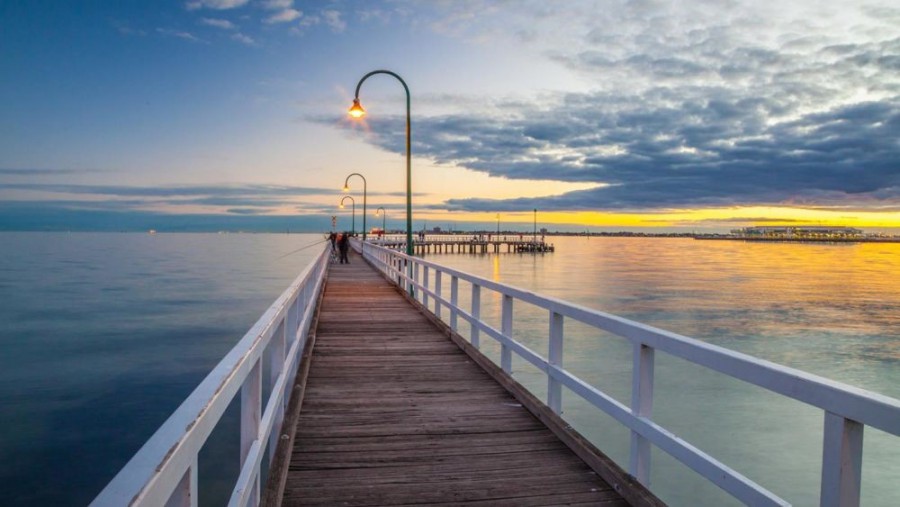
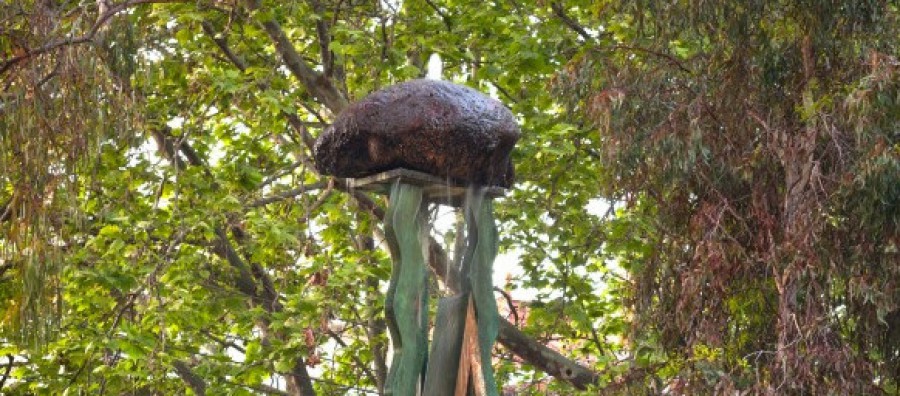



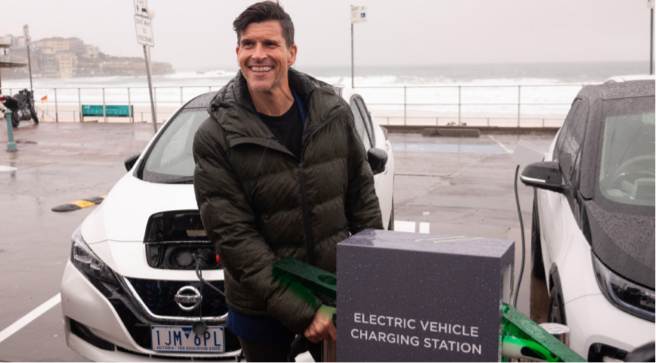
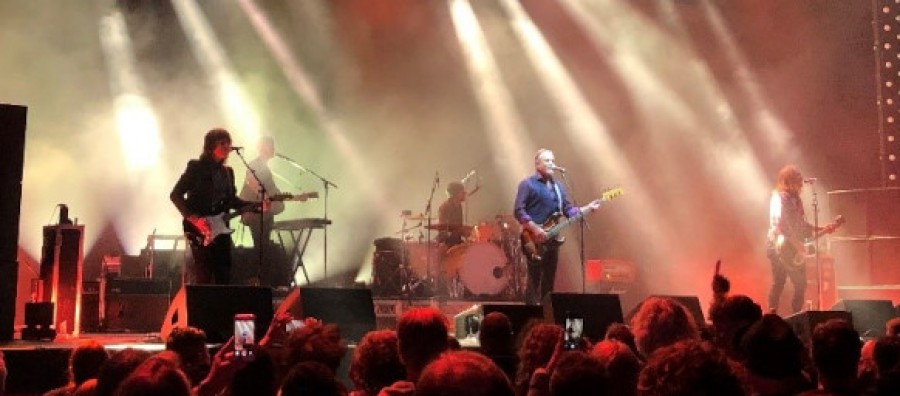
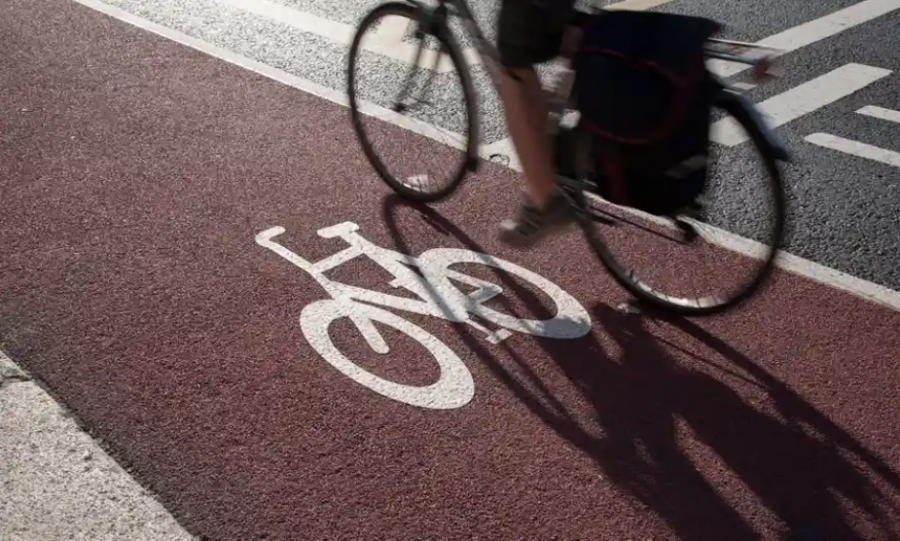

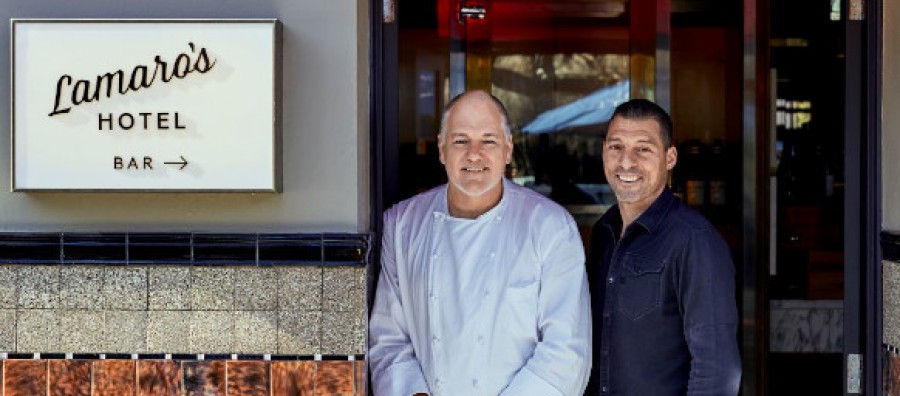
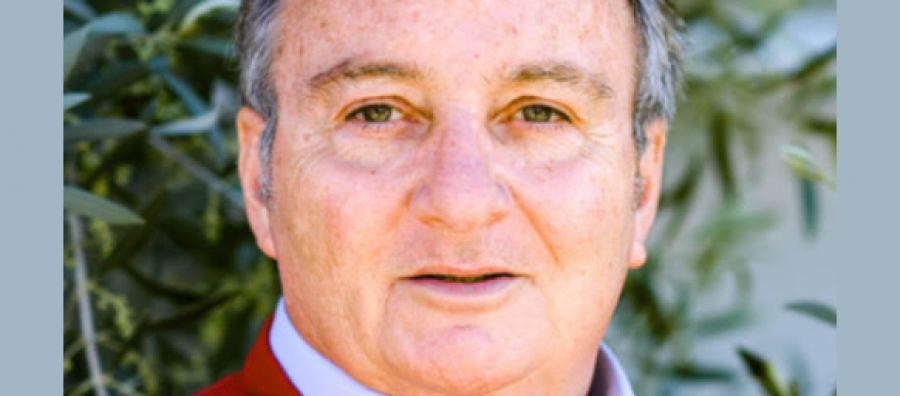
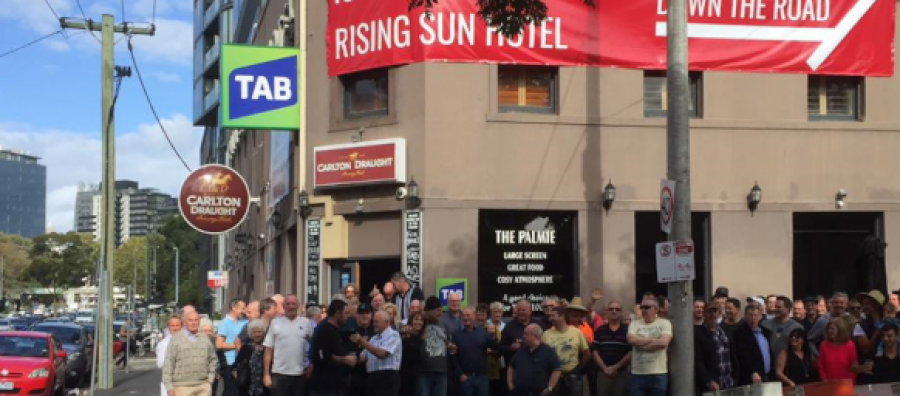

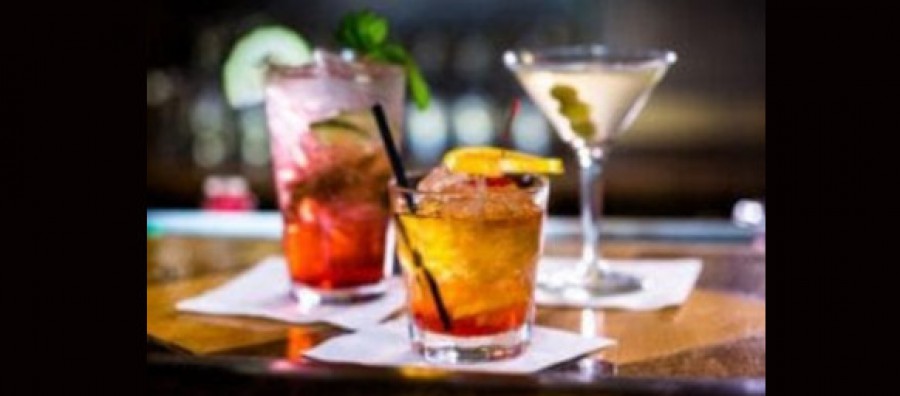
.jpg)


